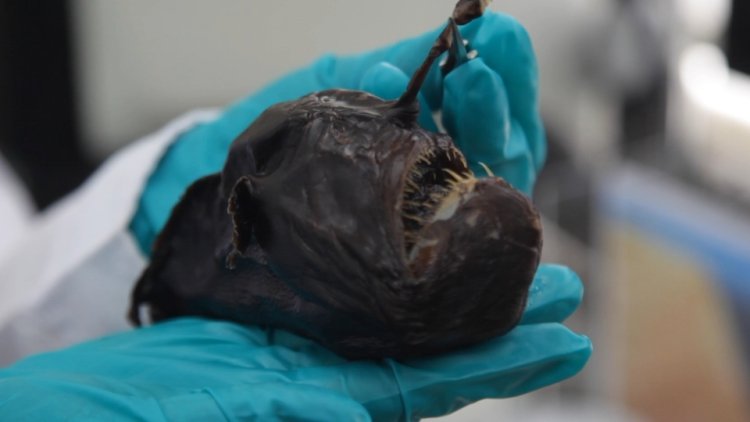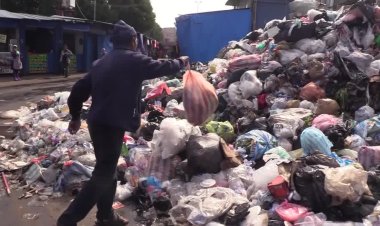Peruvian researchers explore deep-sea mysteries

Scientists at the Peruvian Marine Institute (IMARPE) are working to uncover the mysteries of the deep sea off Peru’s coast, where depths reach up to 7,000 meters and only 1% of the ecosystem has been explored. Despite limited funding and technology, researchers continue to discover new species and monitor the effects of climate change on marine life.
Fabiola Zavalaga, a scientist at IMARPE, told Anadolu that the institute uses research platforms to study deep-sea fisheries, including commercially important species like cod and hake. " We take advantage of these research platforms to collect samples of deep-sea fish, through which we have discovered new records and even new species," she said. IMARPE’s extensive collection includes over 20,000 preserved specimens, some dating back to the 1960s.
Among the rare species showcased was the Melanocetus johnsonii, or "black seadevil," a deep-sea anglerfish found at depths of 1,000 to 4,000 meters. The female has a bioluminescent bulb containing bacteria that attract prey, Zavalaga explained. She also highlighted the Hippocampus ingens, a seahorse species protected in Peru due to its vulnerable conservation status.
Meanwhile, Geraldine Inga Huamán manages the live feed laboratory, where microalgae like Isochrysis and Nannochloropsis are cultivated to support marine fish larvae. She explained that the microalgae in the laboratory serve as food for filter-feeding organisms and are used in “green water” techniques for aquaculture.
Despite Peru’s rich marine biodiversity, exploration remains limited due to funding constraints and the high cost of deep-sea technology. However, IMARPE’s work is crucial for conservation and sustainable fisheries management. With much of the deep sea still uncharted, scientists hope further discoveries will shed light on Peru’s unique underwater ecosystems.















